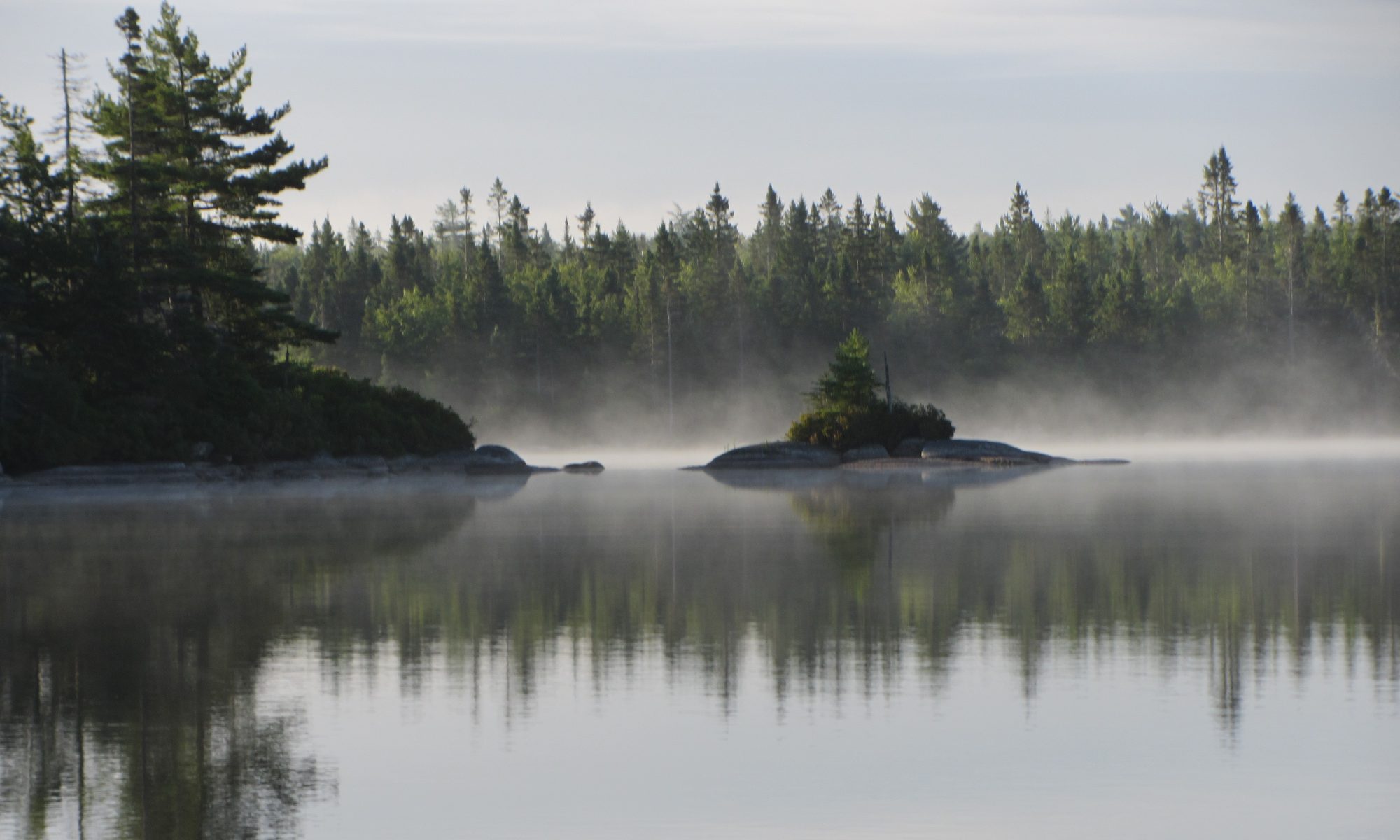Please support Councillor Blackburn’s motion for a Sandy Lake Regional Park Boundary Extension Study (Agenda Item 15.5.1) being presented at this Tuesday’s Council meeting, Nov 9.
Here is the link to the council agenda and the motion of Councillor Blackburn: https://www.halifax.ca/city-hall/regional-council/november-9-2021-halifax-regional-council
There is very little time!!
Please contact your councillors to support this motion! And/Or send a quick letter to Council in support of the motion, you can send an email to clerks@halifax.ca and/or to the mayor mayor@halifax.ca. You can find your councillors contact information on the city website here: https://www.halifax.ca/city-hall/districts-councillors
The Woodens River Watershed Environmental Organization (WRWEO) is part of the coalition to protect Sandy Lake. We support the expansion of the Sandy Lake – Sackville River Regional Park (SL – SRRP) by an additional 1,800 acres as advocated by the SL – SRRP Coalition.
We oppose the efforts of developers to destroy the wilderness located in the unprotected lands in this area to accommodate a new housing project. That would be contrary to what is needed to fight climate change and protect biodiversity and also contrary to the conception of the Halifax Green Network Plan adopted by Regional Council in 2018.
There are two major reasons for our support of the proposed Sandy Lake-Sackville River Regional Park and to stop development in that area:
1. Population and outdoor recreation continue to grow in HRM, while greenspace declines. We have experienced greatly increased use of The Bluff Wilderness Hiking Trail over the last 5 years and already we are at or over our capacity to accommodate this use. The Jack Lake lands within the proposed Sandy Lake-Sackville River Regional Park lie between major growth areas and have extensive informal trails currently. Many of them are old logging roads through magnificent forests and would require little modification and maintenance to accommodate much more use than they receive currently.
2. The lands west of Sandy Lake within the proposed SL-SRRP are part of an existing wildlife corridor important for connectivity between the lands of the Chebucto Peninsula and the greater mainland, as identified in a recent report (Appendix G in the submission from the SL-SRRP Coalition). The Halifax Green Network Plan highlighted the need to ensure such connectivity, although not this particular corridor apparently because parts of it south of Hammonds Plains Road are now committed to development (Halifax Bedford West). Regardless, even if partially fragmented in that way, as the Green Network Plan says in section 4.1.3.1 “…maintain the largest possible remnant patches and encourage best management practices in intervening areas to provide opportunities for wildlife movement between patches.” It is still worth retaining the lands west of Sandy Lake in their natural state as “stepping stones”. They might be considered analogous to the ferry system between Halifax and Dartmouth, not carrying as much as the bridges, but still vital for many people.
Thus for the sake of both wildlife and healthy outdoor recreation well into the future, it is urgent to incorporate measures that will protect the integrity of the lands of the proposed SL-SRRP in the Regional Plan.
